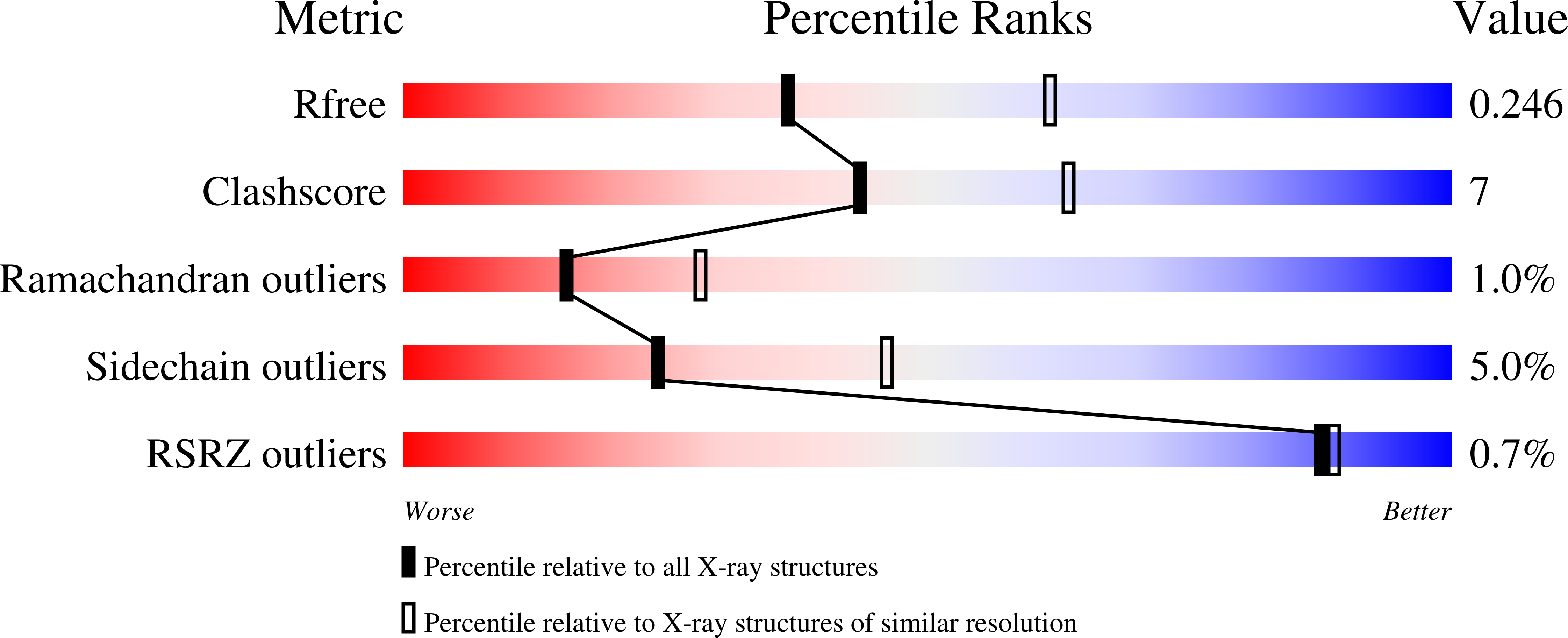
Deposition Date
2009-01-27
Release Date
2009-03-17
Last Version Date
2024-10-30
Method Details:
Experimental Method:
Resolution:
2.50 Å
R-Value Free:
0.23
R-Value Work:
0.21
R-Value Observed:
0.21
Space Group:
P 61


